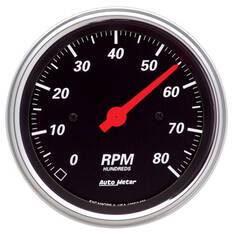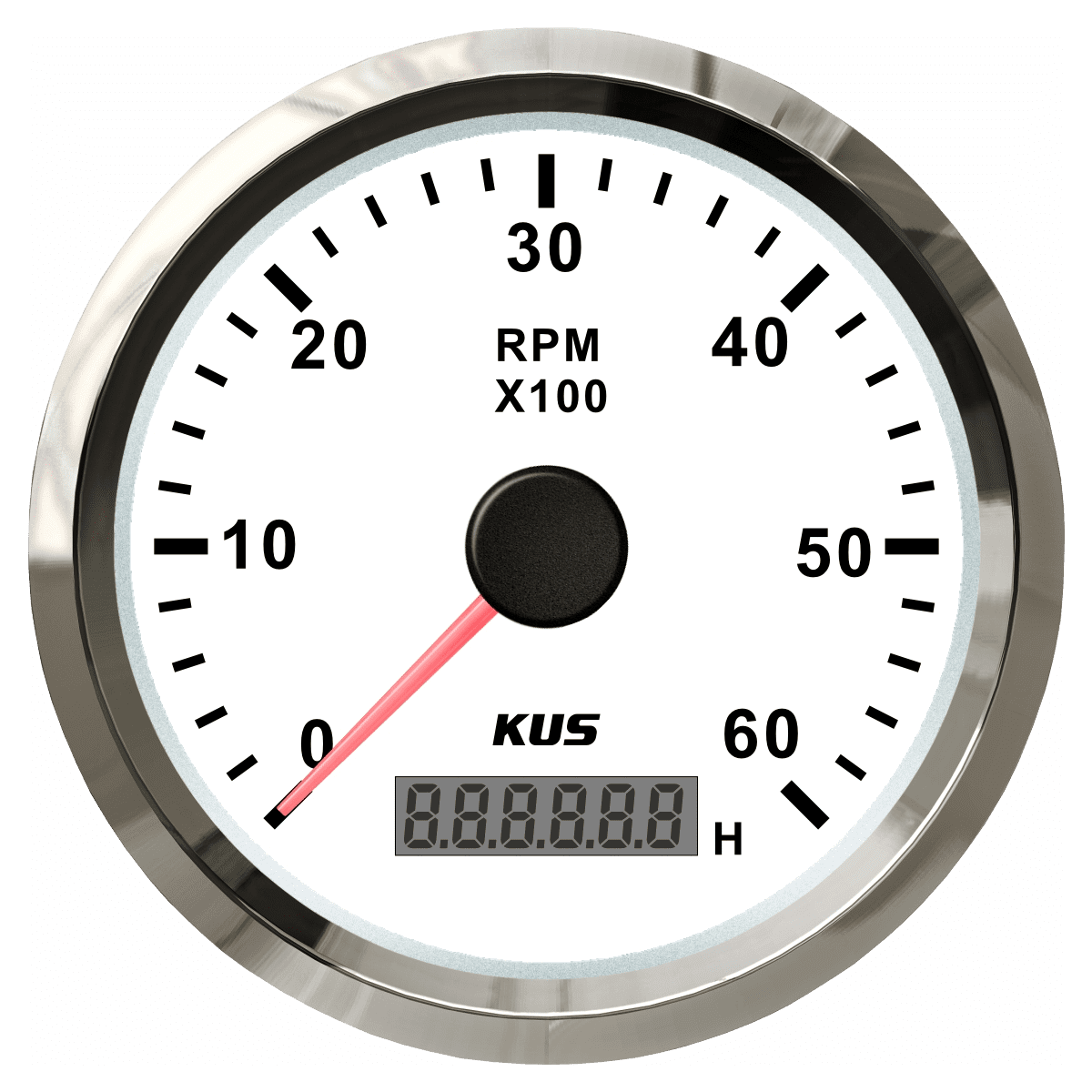Expert Tips for Keeping and Calibrating Your Tachometer
Expert Tips for Keeping and Calibrating Your Tachometer
Blog Article
The Significance of a Tachometer in Keeping Track Of Engine Rate and Efficiency in Automotive Applications
In the world of vehicle engineering, the tachometer stands as a critical instrument in the vehicle driver's toolbox, giving a direct window into the inner functions of an automobile's engine. Past its feature as a plain scale of changes per minute (RPM), the tachometer serves as an essential tool for lovers and specialists alike, supplying real-time insights into engine performance and health.
Significance of Checking Engine RPM
Keeping an eye on engine RPM, or changes per minute, is a crucial facet of auto maintenance and performance evaluation. Engine RPM directly associates with the speed at which the engine's crankshaft revolves, showing exactly how rapidly the engine is running.
Moreover, keeping track of engine RPM is essential for performance assessment in auto racing and high-performance lorries. In summary, keeping an eye on engine RPM is not just crucial for spotting issues however also for enhancing engine performance in various automotive applications.

Advantages of Real-Time Information
In auto applications, real-time information plays a crucial function in providing instant insights right into the performance and condition of the automobile. By constantly keeping an eye on various specifications such as engine rate, temperature level, gas consumption, and a lot more, real-time information supplies various advantages that add to improved effectiveness and safety and security on the roadway.
Furthermore, real-time information facilitates efficiency optimization by giving immediate responses on driving habits and engine performance. Motorists can adjust their behavior in real-time based on this information to accomplish better gas economy and prolong the lifespan of their automobile.

Additionally, real-time data plays a crucial role in modern-day automobile diagnostics, allowing technicians to rapidly detect and deal with breakdowns. This results in decreased downtime, lower upkeep costs, and ultimately, boosted total car reliability and long life (tachometer). By using the power of real-time data, automotive stakeholders can make informed decisions that positively impact both the performance and long life of the automobile
Influence on Equipment Shifts
The tachometer plays a vital function in optimizing gear shifts by giving real-time engine speed data to the driver. When approaching the redline on the tachometer, it signals the driver to upshift to avoid over-revving the engine and causing potential damage.
Furthermore, the tachometer aids in attaining smoother equipment transitions, particularly in hands-on transmissions. By checking engine speed, vehicle drivers can perform equipment shifts at the optimal RPM range, minimizing jerking activities and lessening endure the transmission components. This precision in equipment adjustments not just enhances driving convenience but additionally adds to fuel performance.
Enhancing Gas Performance
Provided the essential role the tachometer plays in maximizing equipment shifts for efficiency and engine wellness, it straight adds to making best use of fuel efficiency in automobile applications. By giving real-time comments on engine rate, the tachometer helps motorists in keeping the most effective RPM range for gas economic climate. When motorists web link regularly keep track of the tachometer and readjust their driving routines as necessary, they can stay clear of unneeded gas intake caused by over-revving or hauling the engine.
In addition, the tachometer helps chauffeurs recognize the most fuel-efficient gear to be in at any type of given moment, avoiding the engine from working tougher than essential. In final thought, the tachometer offers as a valuable device in boosting gas performance by promoting optimum driving routines and recognizing locations for renovation in the lorry's performance.

Optimizing Engine Durability
The tachometer's function in checking engine rate and efficiency is crucial in making sure the longevity of auto engines. By using the tachometer effectively, motorists can maximize engine long life through mindful RPM monitoring. Regularly revving an engine too expensive can bring about excessive wear and tear on important parts, such as the pistons, valves, and bearings. Gradually, this can result in reduced engine efficiency check out here and possible malfunctions. Keeping an eye on the tachometer allows vehicle drivers to remain within the advised RPM array for their vehicle, avoiding unnecessary strain on the engine and prolonging its life expectancy.

Conclusion
In verdict, the tachometer plays a vital duty in monitoring engine speed and efficiency in automobile applications. By supplying real-time information on RPM, it allows for reliable gear changes, boosted fuel performance, and maximized engine durability. This device is vital for maintaining optimum additional hints engine efficiency and making sure the total functionality of an automobile.
Report this page